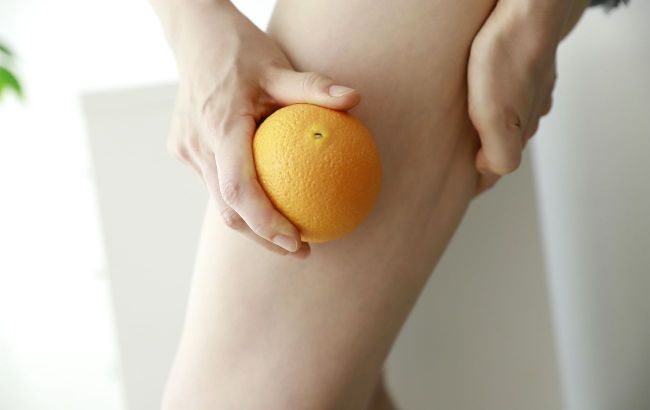Why women are more prone to cellulite than men: Key reasons
 Cellulite appears in women more often than men (Photo: Getty Images)
Cellulite appears in women more often than men (Photo: Getty Images)
Cellulite appears more often in women and less in men regardless of age. A dermatologist explains why most men don’t have cellulite and what factors influence this, according to HuffPost.
What is cellulite and how does it form
Cellulite is a type of fat deposit that accumulates beneath the skin's surface and presses against the connective tissue.
Dermatologist Dr. Andy Chien explains that cellulite most often appears on women’s thighs and buttocks after puberty. Often, cellulite has an "orange peel" appearance and can occur in people of any body type.
Obesity specialist Dr. Jenny Stanford adds that when fat cells grow under the skin, they expand and push against the connective tissue just below the skin’s surface. This compresses the connective tissue, trapping fat, which pulls the skin down, while fat pushes up, creating a dimpled effect.
"Genetic predisposition plays a crucial role, as some genes influence fat distribution and connective tissue characteristics," says Stanford.
Additionally, a sedentary lifestyle or a diet high in processed foods can lead to weight gain, which encourages fat buildup. A lack of physical exercise often reduces muscle tone, potentially leading to more noticeable cellulite.
Why most men don’t have cellulite
Cellulite is much more common in women, mainly due to differences in body structure.
The connective tissue beneath the skin forms differently in men and women. In women, these tissues are arranged vertically like bands, making it easier for fat to push upward and create a lumpy appearance. Men, however, have a more crisscrossed structure that holds fat more effectively, reducing the likelihood of cellulite formation, even in men with a similar body type to women. That’s why even very fit women can still have cellulite.
Women also have more subcutaneous fat in their thighs, where cellulite is more visible, and their skin is thinner than men’s, making cellulite less noticeable.
How to get rid of cellulite
Today, some creams and cosmetic procedures, such as laser therapy and radiofrequency treatments, may help reduce the appearance of cellulite.
However, the simplest approach is to adopt a healthier lifestyle, improve diet, and maintain a normal weight. As cellulite isn’t harmful, reducing these potential risk factors is recommended.
This material is for informational purposes only and should not be used for medical diagnosis or self-treatment. Our goal is to provide readers with accurate information about symptoms, causes, and methods of detecting diseases. RBС-Ukraine is not responsible for any diagnoses that readers may make based on materials from the resource. We do not recommend self-treatment and advise consulting a doctor in case of any health concerns.

